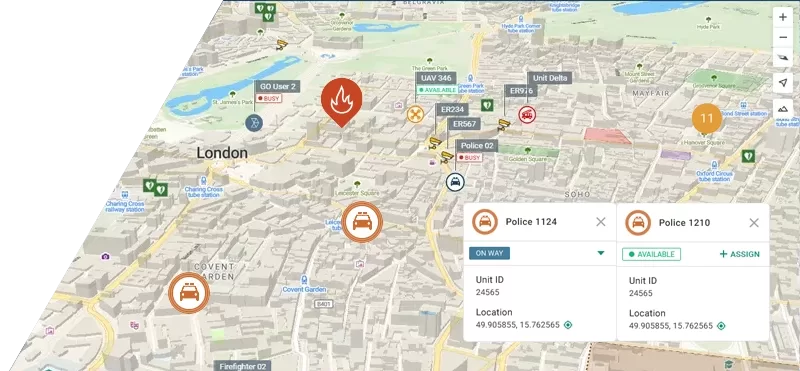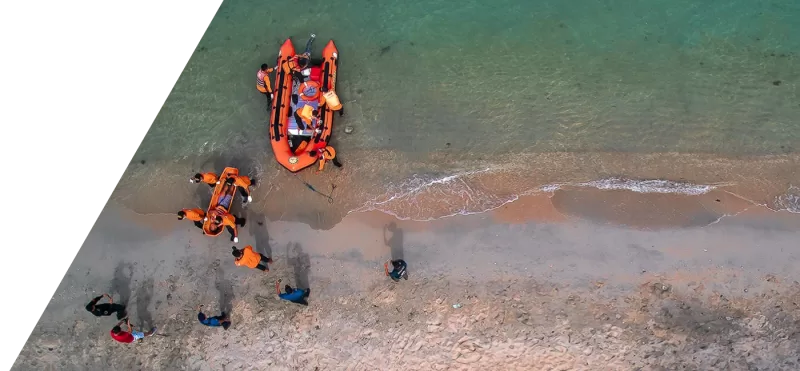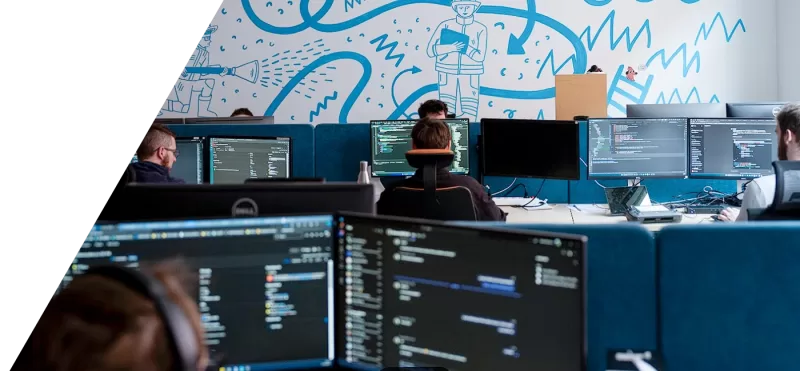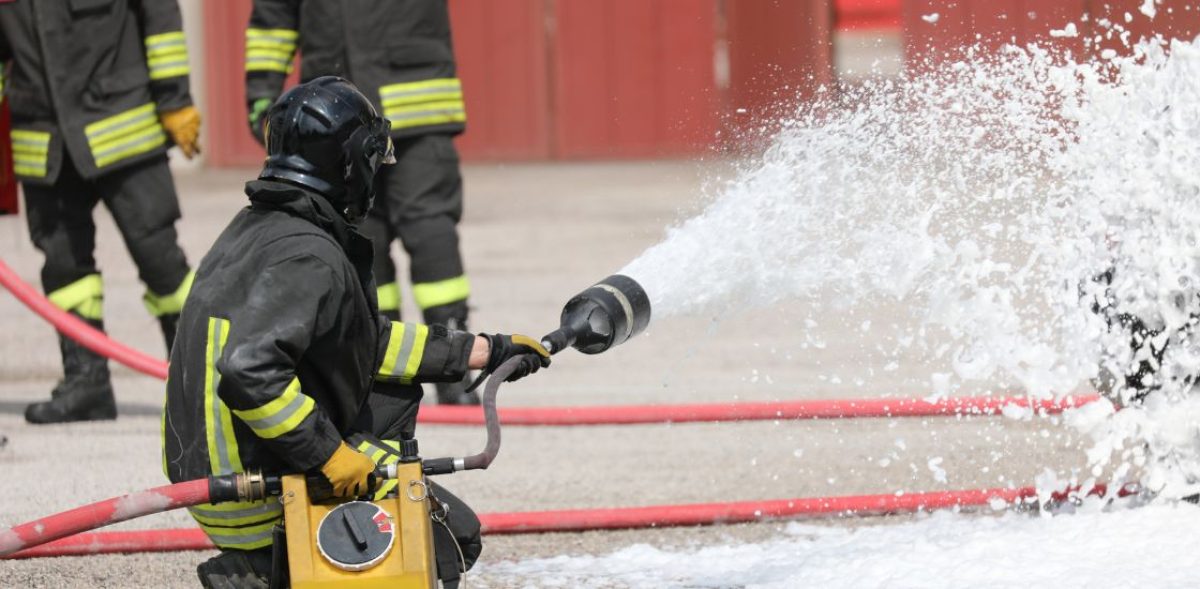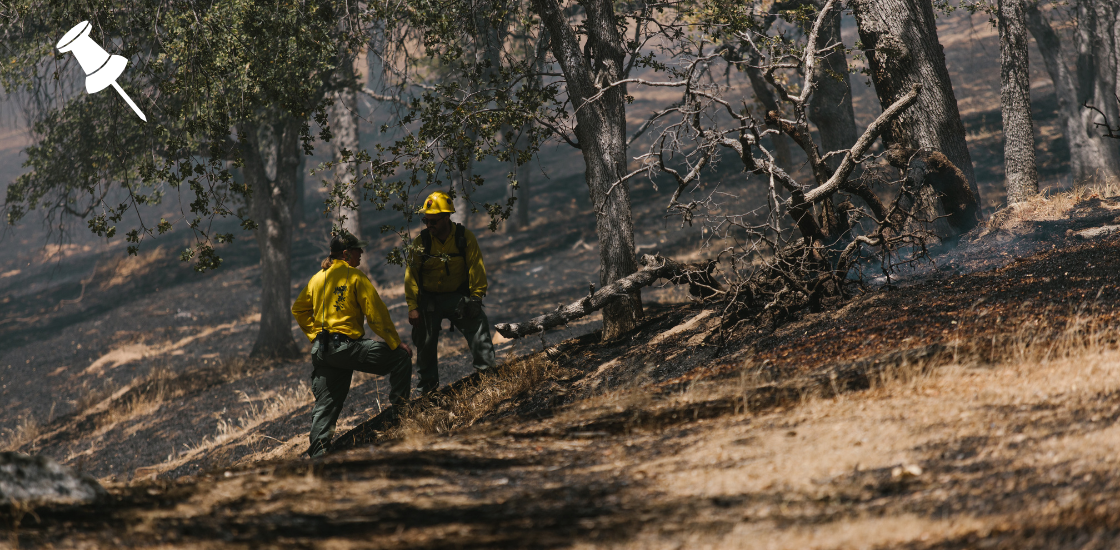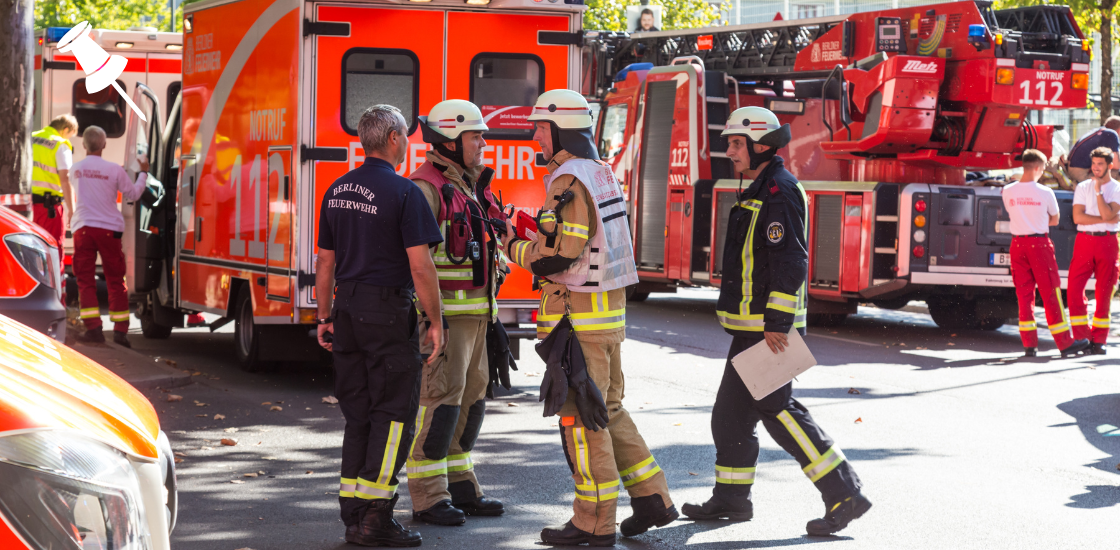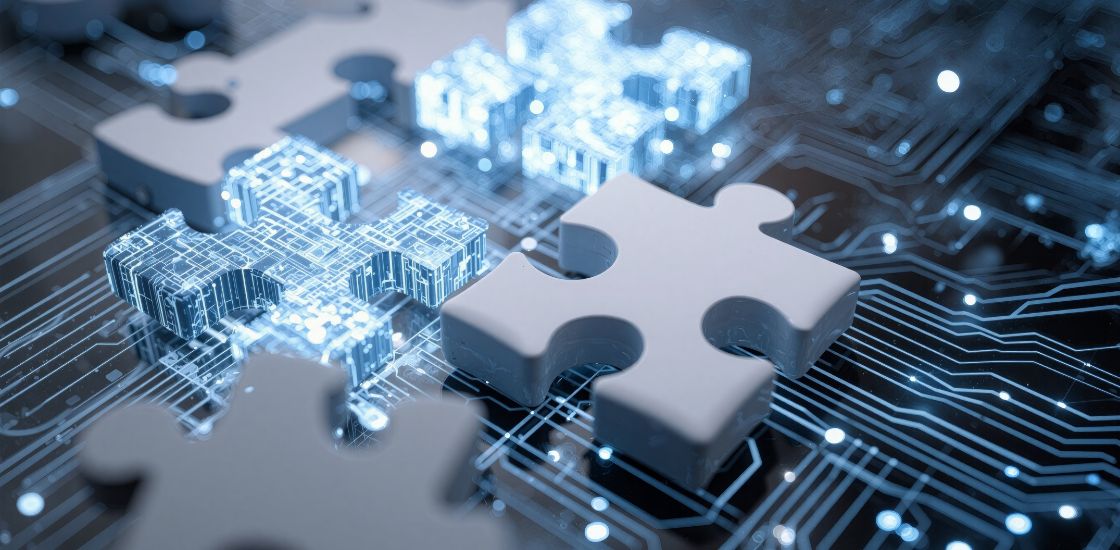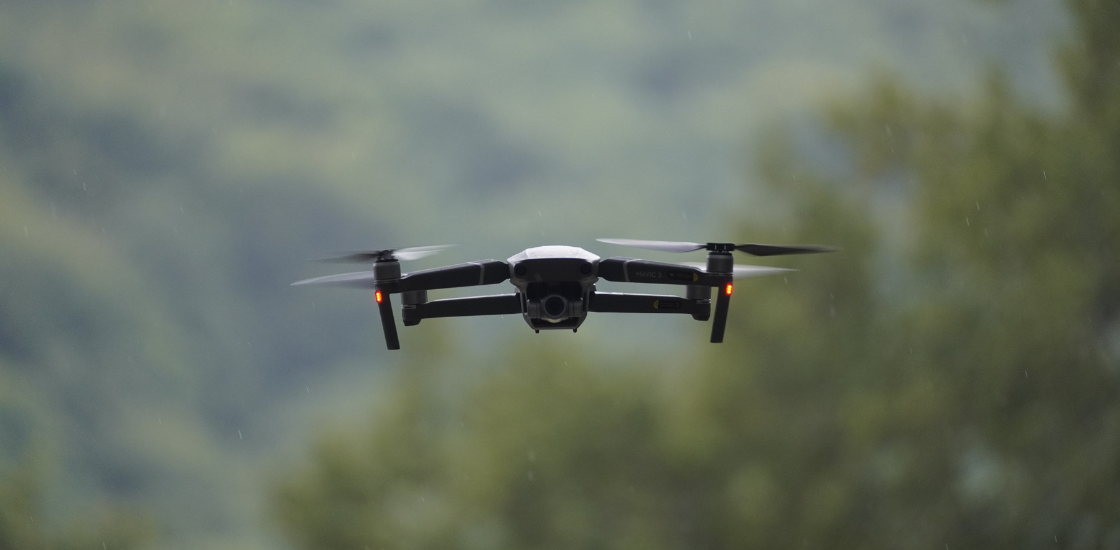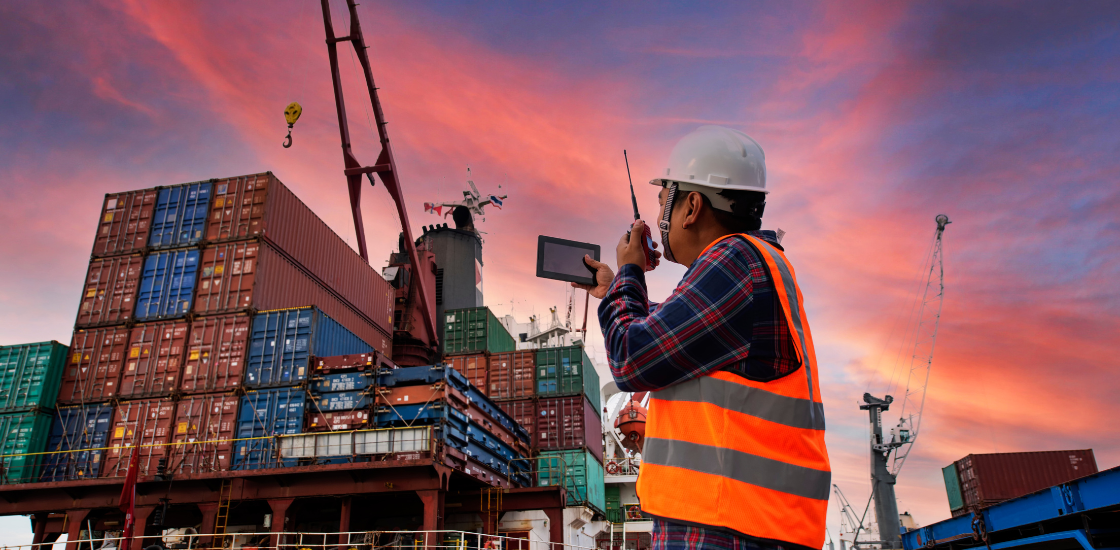Table of Contents
- CAD in Firefighting – What is it?
- From Reactive to Proactive: The New Age of CAD
- How CAD Enhances Firefighting Operations
- Real-World Impact: CAD in Wildfire Response
- Volunteer Firefighters: The Unsung Beneficiaries
- Integration with Other Emergency Services
- The Future of CAD in Firefighting
- Why It Matters
CAD Firefighting – What is it?
Computer-Aided Dispatch (CAD) is a software solution that helps emergency dispatchers manage and coordinate responses to incidents. In the context of firefighting, a CAD system serves as the backbone for:
- Logging emergency calls
- Dispatching fire units
- Tracking vehicles and personnel
- Sharing real-time data with field responders
- Ensuring resource availability
- Streamlining communication between dispatch, command centers, and units in the field
But in today’s fast-evolving emergency landscape, CAD does much more than just send firetrucks to the scene.
From Reactive to Proactive: The New Age of CAD
Traditional CAD systems served a crucial but mostly reactive role—recording data and routing units. Now, advanced CAD platforms have evolved to support predictive analytics, GIS mapping, multimedia sharing, and integrations with radio systems, drones, and even sensor-triggered alerts (like smoke or gas detectors). This turns CAD into a proactive system capable of identifying threats and optimizing response strategies before a situation spirals out of control.
Solutions like GINA Smart CAD, for example, offer firefighters a web-based platform that integrates seamlessly with location services, multimedia, and radio systems to deliver critical data before units arrive on scene. You can learn more about GINA Smart CAD here.
How CAD Enhances Firefighting Operations
Here are the most impactful ways CAD transforms firefighting operations:
1. Faster Dispatch, Smarter Allocation
CAD automates and accelerates the dispatching process. When an emergency call comes in, the system evaluates multiple parameters—proximity, availability, required equipment—and immediately identifies the best units to respond. This reduces human error and response time, which can be the difference between containing a fire and losing an entire structure.
For volunteer firefighters, who often respond from different locations, CAD systems that support mobile alerts and remote check-ins provide much-needed agility. This ensures that even decentralized teams can react in a coordinated and timely fashion.
2. GIS-Driven Situational Awareness
Geospatial Information Systems (GIS) integrated into CAD platforms provide dispatchers and commanders with a real-time map of the incident. This includes:
- The fire’s location
- Available hydrants
- Road closures
- Danger zones
- Building layouts
- Historical incident data
Firefighters receive this information en route via tablets or mobile devices, enabling them to arrive with a clear operational picture and tailored response strategy.
3. Seamless Communication Between Teams
Communication during an incident can be chaotic. CAD systems bridge the gap between dispatchers, field units, and command posts through integrated voice (e.g., PTT), text, and image sharing. This minimizes the need for verbal updates and helps prevent miscommunication—a common risk when multiple teams work under pressure.
Some CAD platforms integrate with radio systems like TETRA and DMR, ensuring that all responders—regardless of hardware—can receive mission-critical information.
4. Multimedia & Video Integration
Imagine dispatching a firefighting unit with not just the address but also a live drone feed of a factory fire, or pictures of a blocked entrance sent by a caller. CAD systems now support multimedia —including real-time video streams, photographs, and documents. This helps units:
- Analyze risks in advance
- Plan alternative entries/exits
- Identify hazardous materials
- Prepare equipment accordingly
Such features reduce guesswork and enhance firefighter safety.
5. Post-Incident Analysis and Reporting
Once the fire is out, the work isn’t over. CAD systems provide automated reporting tools that help departments analyze performance:
- How fast was the response?
- Were enough resources deployed?
- Could any bottlenecks have been avoided?
- What lessons can improve future readiness?
With integrated analytics, fire chiefs can spot trends, justify budgets, and improve training programs—making CAD not just a tactical tool, but a strategic asset.
Real-World Impact: CAD in Wildfire Response
During large-scale wildfires, coordination becomes exponentially more complex. Hundreds of units, aircraft, and support teams may be involved. CAD systems, which include real-time location tracking, geofencing, and movement history, help unify firefighting strategies across multiple jurisdictions.
For example, in some recent wildfire events in Southern Europe, Smart CAD was used to:
- Track the spread of fire via satellite maps
- Dispatch aerial support in real time
- Alert residents through integrated warning systems
- Assign zones of responsibility to different departments
These features allow incident commanders to maintain real-time control of dynamic, fast-changing events.
Volunteer Firefighters: The Unsung Beneficiaries
Volunteer units face unique challenges: limited resources, variable availability, and a lack of centralized facilities. CAD systems that are mobile-first and cloud-based empower volunteers to:
- Accept or decline missions via smartphone
- Access turn-by-turn navigation
- View real-time unit locations
- Receive operational updates instantly
This levels the playing field between professional and volunteer teams, creating a more resilient firefighting force.
Integration with Other Emergency Services
Fires often coincide with medical emergencies, evacuations, or hazardous material spills. A modern CAD system is designed to coordinate across agencies, including:
- Police
- EMS
- Environmental agencies
- Civil protection units
This interoperability ensures that all stakeholders are aligned, which is critical in high-stakes incidents where multi-agency collaboration is the key to success.
The Future of CAD in Firefighting
As technology continues to evolve, we can expect CAD platforms to integrate with:
- AI for threat prediction
- IoT sensors in buildings and vehicles
- Augmented Reality for tactical overlays
- Wearables that monitor firefighter vitals
The goal is clear: to empower firefighters with better data, faster decisions, and safer missions.
Why It Matters
Firefighting is a mission where every detail matters, and every delay can cost lives. By digitizing and optimizing operations, CAD systems ensure that fire services can meet today’s challenges with precision and preparedness.
If you’re part of a fire department or a municipality evaluating how to enhance your emergency response, investing in a robust CAD system could be your most impactful step forward.
Contact us and enhance your operational efficiency now.
